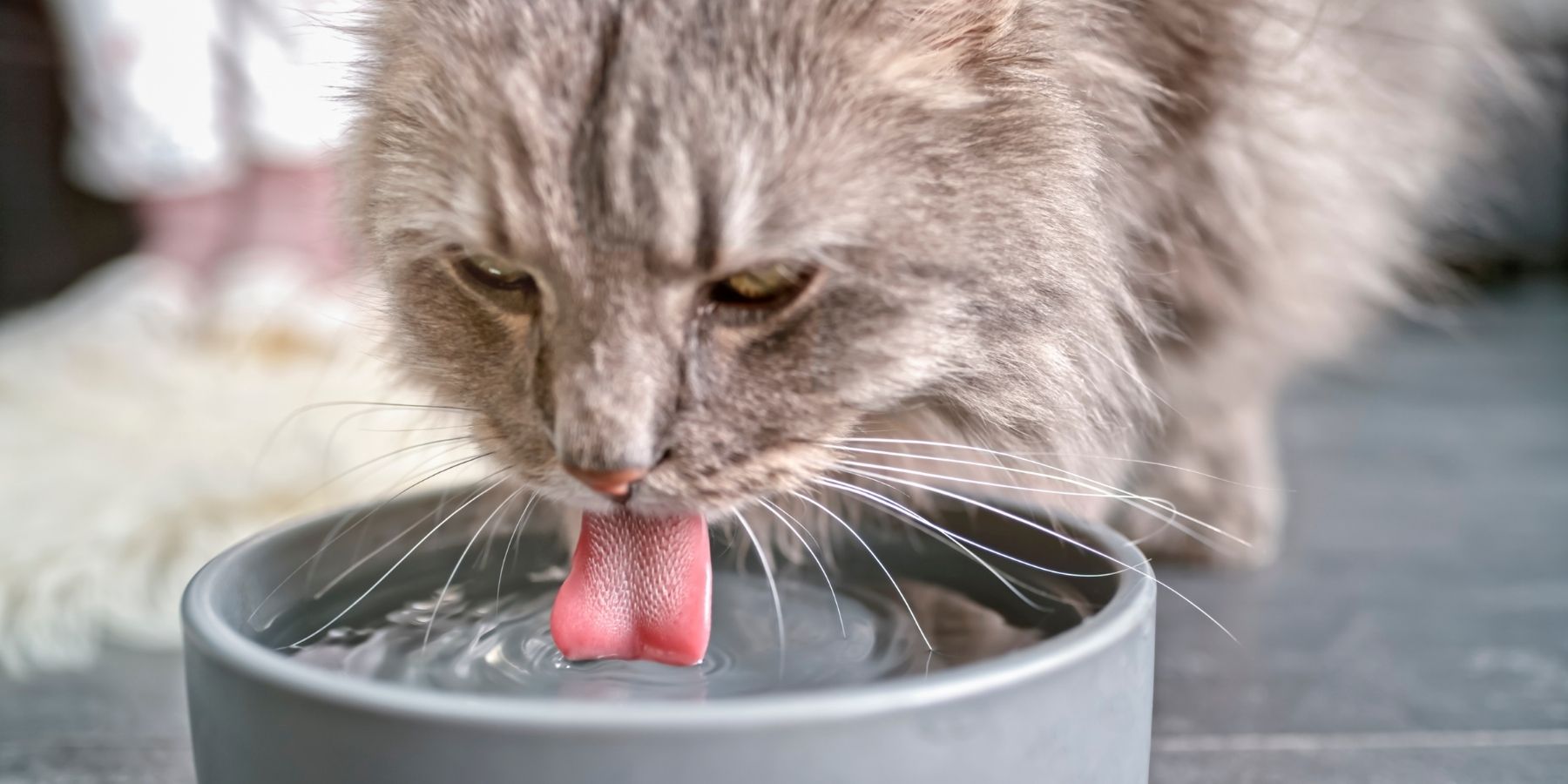If you're a cat owner, you know how important it is for your furry friend to stay hydrated. But what if your cat is not drinking enough water? Dehydration in cats can lead to serious health issues, so it's essential to ensure they get enough fluids. This article provides simple, practical tips to prevent dehydration in your cat.
Understanding Cat Dehydration
First, let's understand what dehydration means for cats. It occurs when the body loses more fluids than it takes in. This can affect the normal function of organs and lead to health complications. Signs of dehydration in cats include lethargy, dry mouth, sunken eyes, and a lack of appetite.
1. Monitor Water Intake
Keep an eye on how much water your cat drinks daily. A sudden decrease in water intake can be an early sign of health problems. Cats typically need between 3.5 - 4.5 ounces of water per 5 pounds of body weight per day.
2. Provide Fresh, Clean Water
Cats are more likely to drink if the water is fresh and clean. Change the water in their bowl at least once a day and make sure the bowl is washed regularly to prevent bacteria growth.
3. Use Multiple Water Stations
Place several water bowls around the house. Cats may be more inclined to drink water if it's readily available in various locations, especially in areas where they spend a lot of time.
4. Consider a Water Fountain
Many cats prefer running water. Investing in a cat water fountain can encourage your cats to drink more. The movement and sound of the water are attractive to cats and can stimulate their drinking behavior.
5. Experiment with Different Bowls
Some cats have preferences regarding the type of bowl they drink from. Try different materials like ceramic, stainless steel, or glass. Also, consider the depth and width of the bowl as some cats do not like their whiskers touching the sides.
6. Add Water to Their Food
If your cat eats dry food, consider adding water to it or switching to wet food. Wet food has a higher moisture content and can help increase their overall fluid intake.
7. Make Water Fun
Encourage your cat to drink by making water more appealing. You can do this by placing ice cubes in their water bowl or adding flavors, such as the water from a can of tuna or chicken broth (ensure it's low sodium and onion-free).
8. Keep a Routine
Cats thrive on routine. Try to refill their water bowl at the same time each day. A consistent schedule can help them develop better drinking habits.
When to See a Vet
If you notice signs of dehydration or if your cat hasn't been drinking water for an extended period, it's essential to consult a veterinarian. They can provide guidance and check for any underlying health issues.
Conclusion
Preventing dehydration in your cat is a vital part of caring for their health. By monitoring their water intake, providing clean and accessible water, and encouraging drinking through various means, you can help ensure your cat stays hydrated and healthy. Always be observant of any changes in their drinking habits and seek veterinary advice when necessary.


